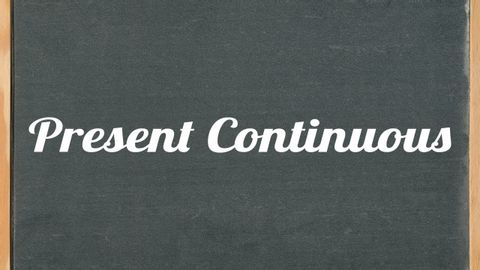
Subtitles & vocabulary
Present Continuous Tense - English grammar tutorial video tutorial
00
pao2ge posted on 2014/12/01Save
Video vocabulary
present
US /ˈprɛznt/
・
UK /'preznt/
- Adjective
- Being in attendance; being there; having turned up
- Being in a particular place; existing or occurring now.
- Noun
- Gift
- Verb tense indicating an action is happening now
A1TOEIC
More attention
US /əˈtɛnʃən/
・
UK /əˈtenʃn/
- Noun (Countable/Uncountable)
- Taking notice of someone or something
- Noun
- (Soldiers) Standing with straight backs
A2TOEIC
More form
US /fɔrm/
・
UK /fɔ:m/
- Noun
- Sports team or person's current winning record
- Document you complete when making an application
- Transitive Verb
- To organize something such as a club or group
- To develop; to come into a shape or substance
A1TOEIC
More verb
US /vɚb/
・
UK /və:b/
- Noun
- Word that expresses an action or state
- Transitive Verb
- To convert a word into a verb.
A1
More Use Energy
Unlock All Vocabulary
Unlock pronunciation, explanations, and filters
